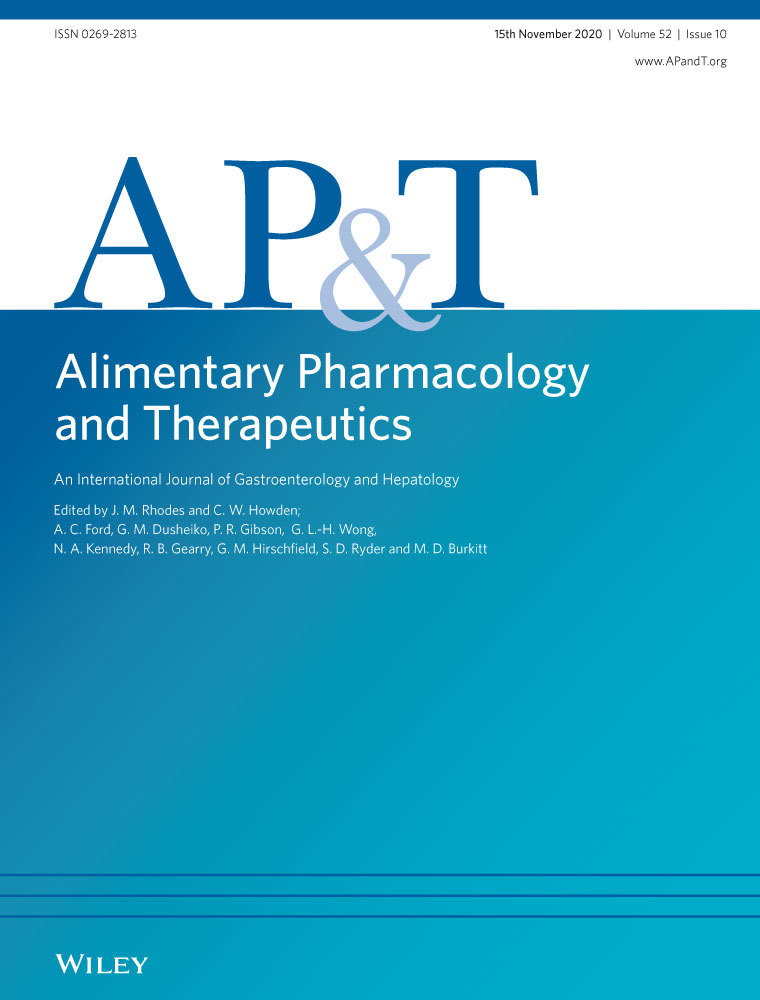Circulating lipidomic alterations in obese and non-obese subjects with non-alcoholic fatty liver disease
Youngae Jung, Min Kyung Lee and Won Kim contributed equally to this work as co-first authors.
The complete list of authors' affiliation are listed in Appendix 1.
The Handling Editor for this article was Professor Gideon Hirschfield, and it was accepted for publication after full peer-review.
Funding information
G-S. Hwang was supported by the Korea Basic Science Institute (C060200) and National Research Foundation of Korea (NRF) grant funded by the Korean Government (NRF-2017M3A9C4065961 and NRF-2017M3A9D5A01052449). W. Kim was supported by a National Research Foundation of Korea (NRF) grant funded by the Korean Government (MEST; 2016R1D1A1B04934590) and the Korea Health Technology R&D Project through the Korea Health Industry Development Institute (KHIDI) funded by the Ministry of Health & Welfare, Republic of Korea (H I17C0912). The funding organisation played no role in the design and conduct of the study; in the collection, management, analysis and interpretation of data; or in the preparation, review or approval of the manuscript.
Summary
Background
Non-alcoholic fatty liver disease (NAFLD) affects obese and non-obese individuals. However, mechanisms underlying non-obese non-alcoholic steatohepatitis (NASH) remain unclear.
Aims
To attempt to identify metabolic perturbations associated with non-obese and obese NAFLD using a lipidomics approach.
Methods
A cross-sectional analysis of 361 subjects with biopsy-proven NAFLD (157 NAFL and 138 NASH) and healthy controls (n = 66) was performed. Individuals were categorised as obese or non-obese based on the Asian cut-off for body mass index. Circulating lipidomic profiling of sera was performed based on the histological severity of NAFLD. Circulating lipidomic alterations were validated with an independent validation set (154 NAFLD subjects [93 NAFL and 61 NASH] and 21 healthy controls).
Results
Saturated sphingomyelin (SM) species were significantly associated with visceral adiposity in non-obese NAFLD (SM d38:0; P < 0.001) but not in obese NAFLD. Additionally, SM levels were significantly associated with systemic and adipose tissue insulin resistance (SM d38:0; P = 0.002 and <0.001, respectively). Five potential lipid metabolites for non-obese subjects and seven potential lipids for obese subjects were selected to predict NAFLD and NASH. These lipid combinations showed good diagnostic performance for non-obese (area under the curve [AUC] for NAFLD/NASH = 0.916/0.813) and obese (AUC for NAFLD/NASH = 0.967/0.812) subjects. Moreover, distinctly altered patterns of diacylglycerol (DAG), triacylglycerol (TAG) and SM levels were confirmed in the validation set depending on the histological severity of NAFLD.
Conclusion
Non-obese and obese NAFLD subjects exhibit unique circulating lipidomic signatures, including DAGs, TAGs and SMs. These lipid combinations may be useful biomarkers for non-obese and obese NAFLD patients.
Open Research
DATA AVAILABILITY STATEMENT
The data that support the findings of this study are available from the corresponding author upon reasonable request.




